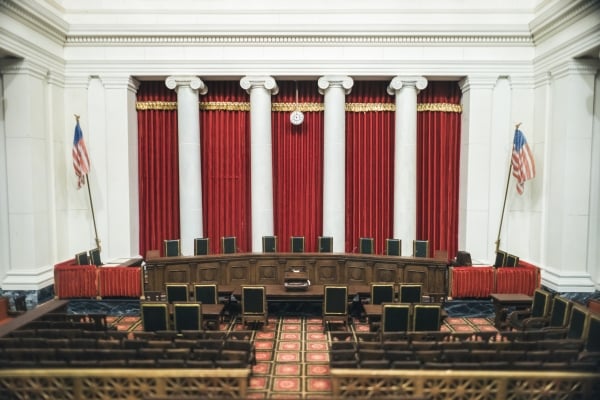Chevron deference, a longstanding legal principle that gives federal agencies the authority to interpret ambiguous laws in their favor, is facing an uncertain future. The concept, established by the Supreme Court in the 1984 case of Chevron U.S.A., Inc. v. Natural Resources Defense Council, Inc., has been a cornerstone of administrative law for decades. However, recent developments suggest that Chevron deference may be on the decline.
One of the main arguments against Chevron deference is that it gives too much power to federal agencies, allowing them to essentially make and enforce their own laws without proper oversight. Critics argue that this undermines the separation of powers and erodes the authority of Congress. In recent years, some conservative judges and legal scholars have been calling for an end to Chevron deference, advocating for a more limited role for federal agencies in interpreting laws.
One significant blow to Chevron deference came in the 2018 case of Pereira v. Sessions, in which the Supreme Court narrowed the scope of deference by ruling that immigration judges must follow the plain language of a statute, rather than deferring to the interpretation of the Department of Justice. This decision signaled a shift in the Court’s approach to deference and raised questions about the future of Chevron deference.
Additionally, in a landmark decision in 2019, the Supreme Court declined to apply Chevron deference in a case involving the interpretation of the Affordable Care Act. Justices Gorsuch and Kavanaugh, both appointed by President Trump, expressed skepticism of the doctrine, suggesting that it may no longer have a place in modern administrative law.
The future of Chevron deference remains uncertain, with some legal experts predicting that the doctrine may be on its way out. However, others argue that Chevron deference serves an important purpose in allowing agencies to interpret complex laws and regulations. The debate over the scope and limits of deference will likely continue to play out in the courts and in legal scholarship in the coming years.
In conclusion, the end of Chevron deference may be approaching, as recent legal developments suggest a shift away from giving federal agencies broad interpretive authority. While the doctrine has been a staple of administrative law for decades, it is facing increasing scrutiny and criticism. Whether Chevron deference will ultimately be abolished or reformed remains to be seen, but it is clear that the future of deference is far from certain.

